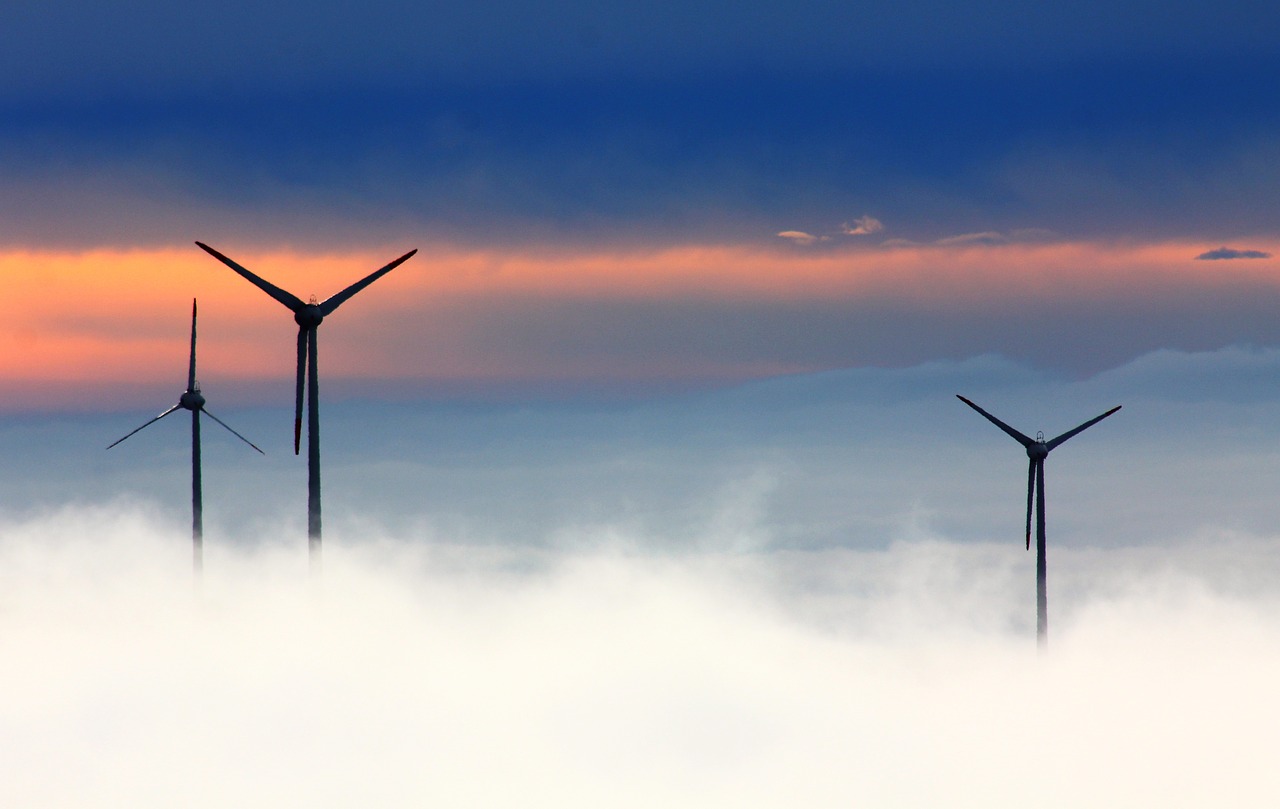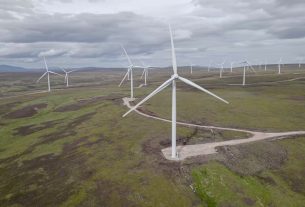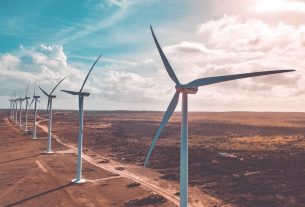Europe has invested €43 billion in new wind farms in 2020, the second highest annual amount on record.
The investments cover 20 GW of new capacity that will be built in the coming years, 13 GW of it in the EU. But this is much less than what Europe needs to deliver its 2030 climate and energy goals. The EU needs to build 27 GW of new wind energy a year to deliver its new 55% emission reduction target. The main problem is the slow rate of permitting of new wind farms. The money’s out there, but not enough new projects are coming through.
Wind investments
Europe confirmed €43 billion of investments in new wind farms in 2020, the second highest amount on record and 70% up on 2019. €17 billion was for onshore wind, covering 13 GW of new capacity. €26 billion was for offshore wind, covering 7 GW of new capacity. Large projects boosted the offshore numbers, including Dogger Bank in the UK which will be Europe’s largest wind farm when completed and Hollandse Kust Zuid in the Netherlands.
“Wind energy remained an attractive investment despite the pandemic. Given the right revenue stabilization mechanisms are in place, there is plenty of capital available to finance wind,” says Giles Dickson, WindEurope CEO.
The UK accounted for €13 billion of the €43 billion investments. The Netherlands were next with €8 billion. Then France (€6.5 billion) and Germany (€4.3 billion). Germany and France invested the most in onshore wind. France also financed its second and third offshore wind farm. Turkey was the 5th biggest investor with €1.6 billion, Poland 6th with €1.6 billion.
EU energy targets
The €43 billion total investment in new wind farms may be the second highest annual amount on record and a strong sign of resilience. However, it is not enough to deliver Europe’s climate and energy targets. The EU’s new 55% emissions reduction target for 2030 requires 27 GW a year of new wind energy in the EU. But last year’s investments cover only 13 GW of new wind capacity in the EU.
Permitting remains the main bottleneck. Permitting rules and procedures are too complex, which delays projects and adds costs – this results in fewer projects being developed. And there are not enough staff in the permitting authorities to process the applications, not even the existing volumes let alone the higher volumes needed for our climate and energy goals. Most Member States are not meeting the permitting deadlines set out in the EU Renewable Energy Directive.
Bank financing
Wind farms continue to be financed with 70-90% debt and 10-30% equity. Bank finance remains crucial, and more and more of it is project-specific rather than corporate debt, especially in offshore wind. The bigger wind farms are increasingly being turned into business entities with their own management teams and financial reporting, capable of raising debt on their own. Banks lent a record €21 billion of non-recourse debt to new wind farms in 2020.
Power Purchase Agreements
Another important trend is the growing role of corporate renewable Power Purchase Agreements (PPA) in supporting the financing of wind farms. Corporate and industrial energy consumers are increasingly keen to source power directly from wind farms. 2020 saw 24 new wind energy PPAs covering more than 2 GW of capacity, signed across a range of sectors including chemicals, pharmaceuticals, telecoms and ICT. PPAs provide stable long-term revenues for wind. They make it easier to raise debt at low interest. The same applies to the Contracts for Difference (CfDs) which Governments increasingly offer in their wind energy auctions: as revenue stabilisation mechanisms, CfDs reduce financing costs and therefore reduce the total costs of wind energy.




